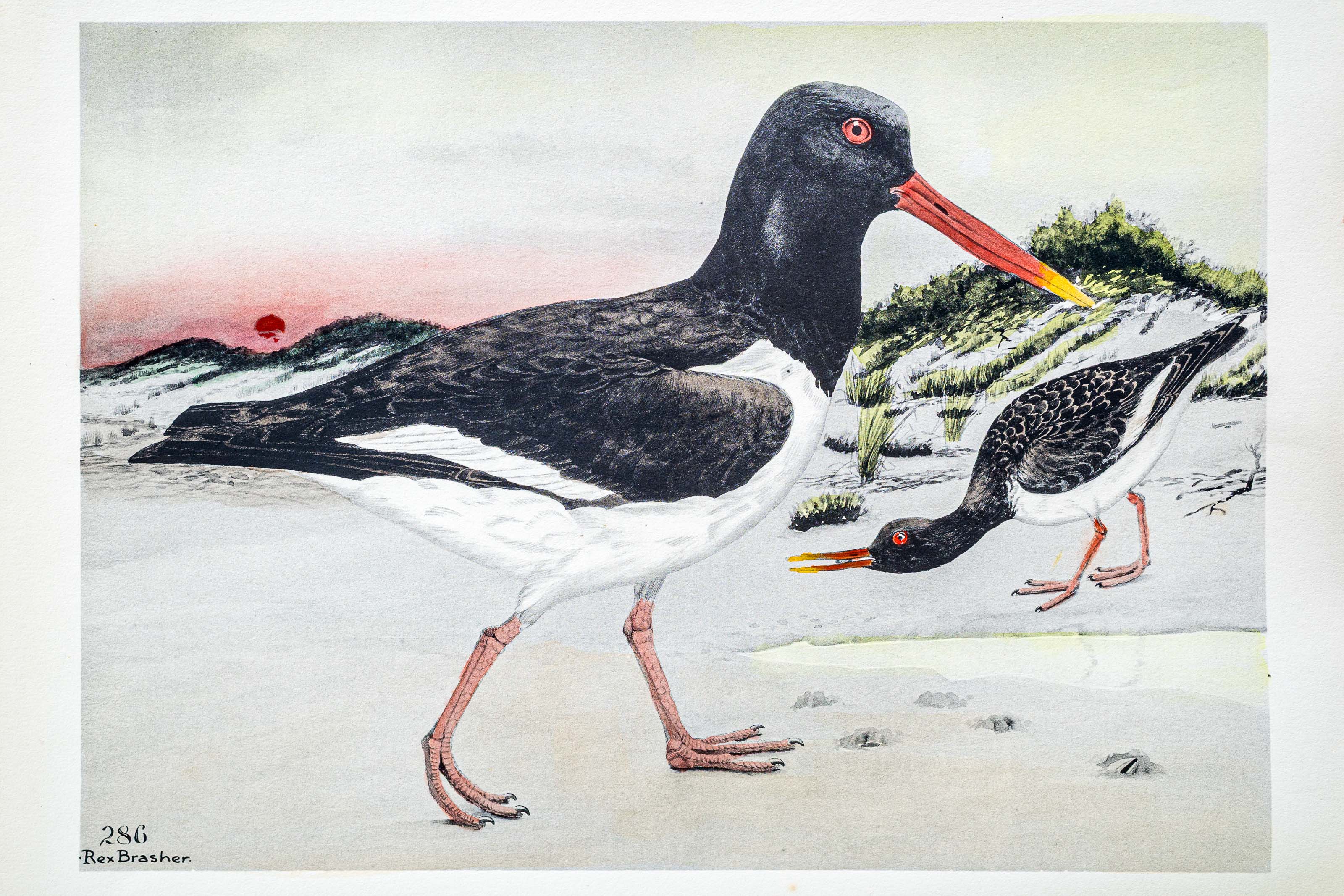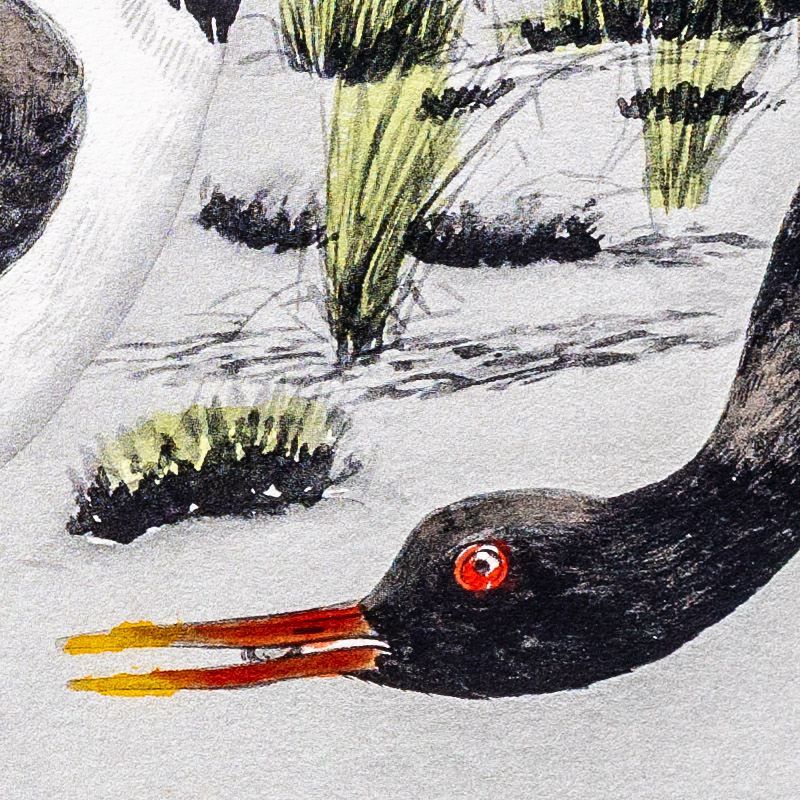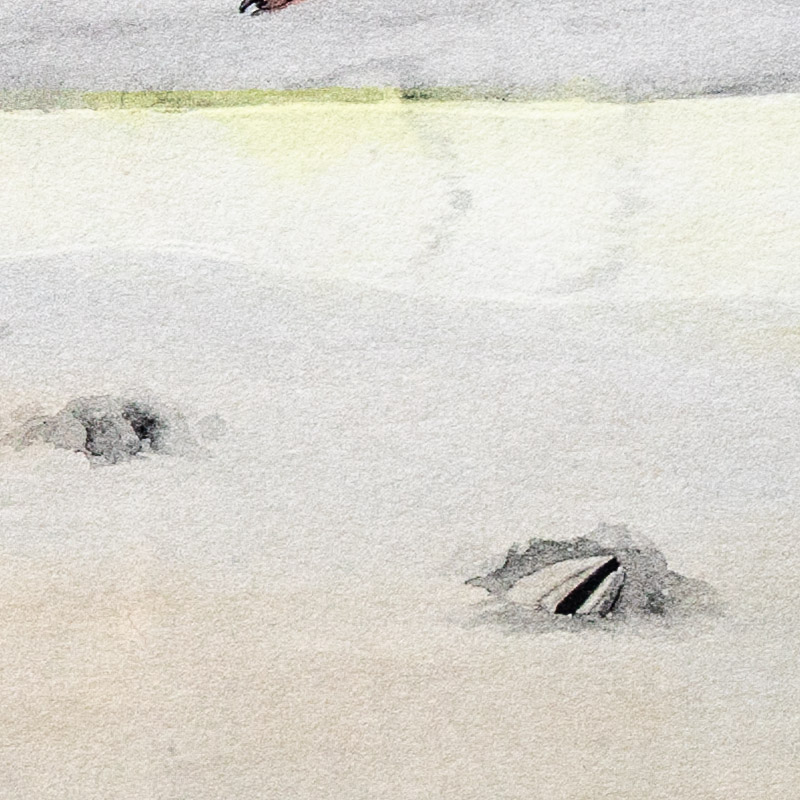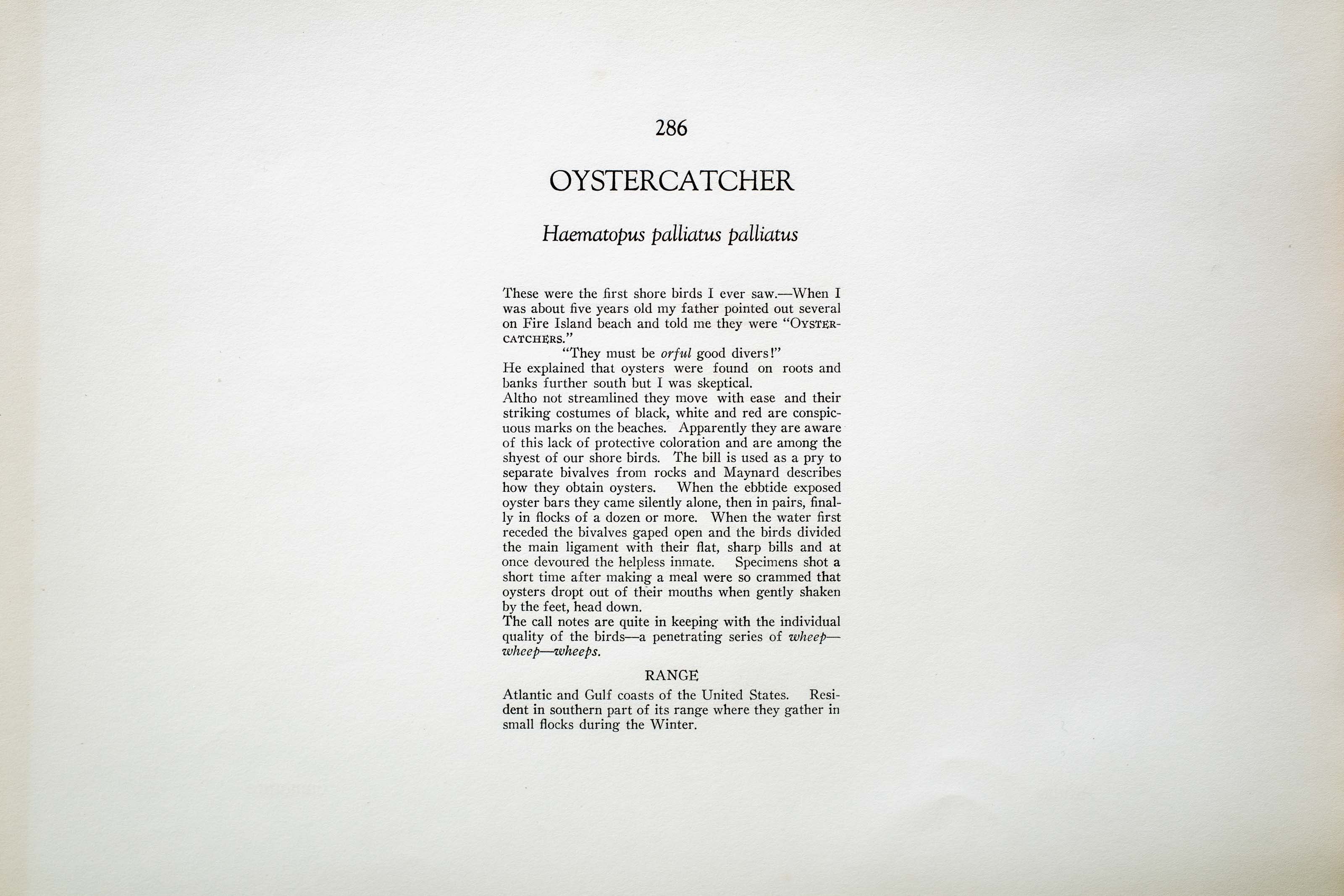






Unknown
1930
4
286
A team of dedicated board members, volunteers, and student interns has published every page in Volume 9. This volume includes 360 images of paintings and lyrical descriptions of birds, now available online for everyone to enjoy anywhere in the world. This is a monumental task. Each volume requires approximately 400 hours to photograph, edit, transcribe, catalog, and publish online. We need your support to complete this work.
If you're tech-savvy, have a good eye, are meticulous with details, and love structured data, please consider volunteering by emailing us at hello@rexbrasher.org.
We encourage all bird lovers and supporters to consider a monetary donation to support our mission to make Rex's work available for everyone. You can provide a one-time or recurring donation online.
These were the first shore birds I ever saw. — When I was about five years old my father pointed out several on Fire Island beach and told me they were "OYSTERCATCHERS."
"They must be orful good divers!"
He explained that oysters were found on roots and banks further south but I was skeptical.
Altho not streamlined they move with ease and their striking costumes of black, white and red are conspicuous marks on the beaches. Apparently they are aware of this lack of protective coloration and are among the shyest of our shore birds. The bill is used as a pry to separate bivalves from rocks and Maynard describes how they obtain oysters. When the ebbtide exposed oyster bars they came silently alone, then in pairs, finally in flocks of a dozen or more. When the water first receded the bivalves gaped open and the birds divided the main ligament with their flat, sharp bills and at once devoured the helpless inmate. Specimens shot a short time after making a meal were so crammed that oysters dropt out of their mouths when gently shaken by the feet, head down.
The call notes are quite in keeping with the individual quality of the birds — a penetrating series of wheep — wheep — wheeps.
Atlantic and Gulf coasts of the United States. Resident in southern part of its range where they gather in small flocks during the Winter.